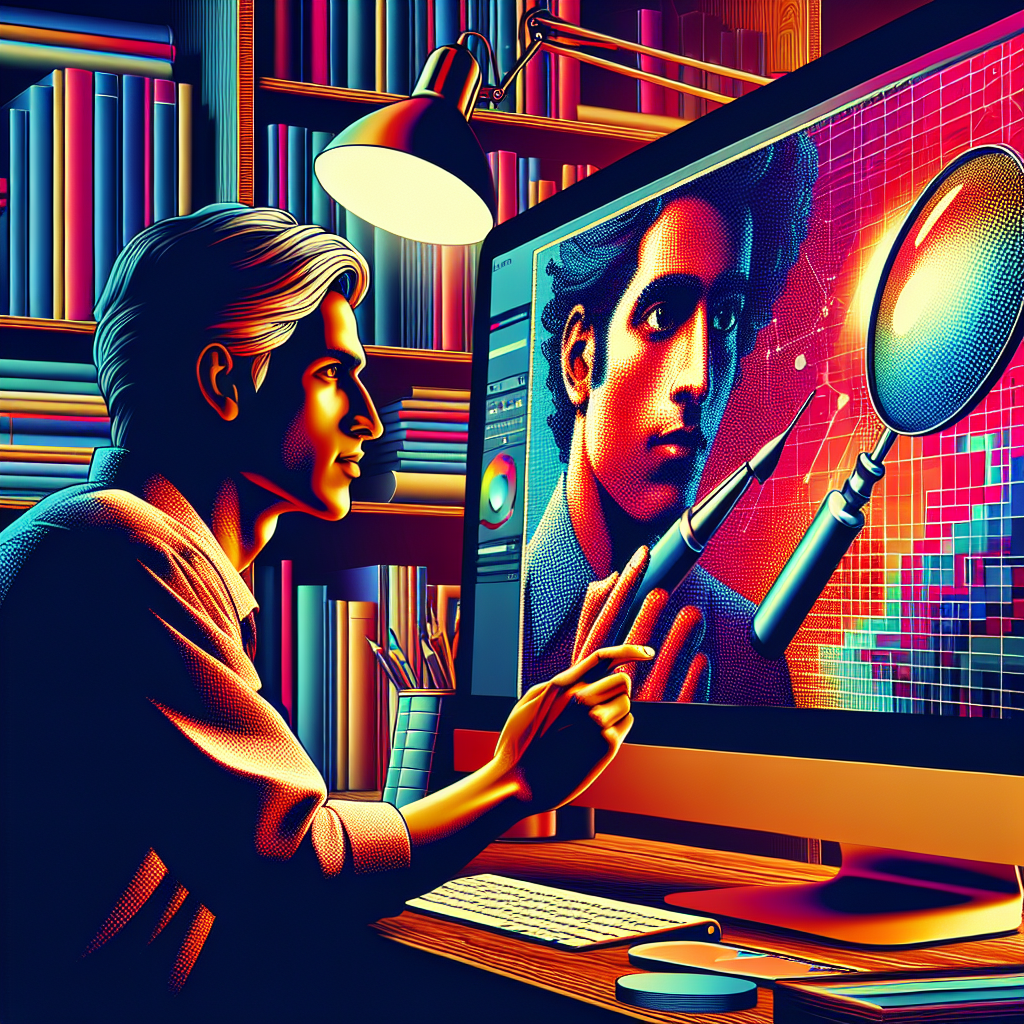Understanding the Basics of Raster Graphics in Graphic Design
What is Raster Graphics?
In the world of graphic design, raster graphics are an essential concept to understand. A raster graphic, also known as a bitmap, is a type of digital image that is comprised of a rectangular grid of pixels or individual points of color. These pixels are the smallest addressable elements in a display device. Raster graphics can produce remarkable detail in a digital image due to their structure, which allows each pixel to be a different shade or color.
Usage of Raster Graphics in Graphic Design
In graphic design, raster graphics are most commonly used for the representation of photographic images, digital graphics, and web graphics where the emphasis is on complex and intricate detailing. The detailed effects obtained in raster graphics are due to the color and tonal depth that each pixel can contain. This provides depth and variation of color, which is well suited to nuanced visual effects, light reflections, gradients, and transitions.
Advantages of Raster Graphics
There are several advantages to using raster graphics in design. Raster graphics provide high-resolution rendering of images. They are particularly effective in the representation of complex, multi-color images, such as photographs. Due to the in-depth pixel information, raster graphics can represent subtle tonal value changes and color gradients very well.
Disadvantages of Raster Graphics
However, raster graphics do have some limitations. The main disadvantage is the issue of scalability. If a raster image is enlarged, it may become pixilated or blurry. This is because the pixel information is fixed when the image is created and does not adapt to resizing. Raster images also have larger file sizes which can impact webpage loading times and storage efficiency.
New Technologies and Software
Over the years, technologies and software embracing raster graphics have evolved. Adobe Photoshop is the most notable raster graphic manipulation program, widely used by designers and photographers. In addition to Photoshop, other software like GIMP and Corel’s PaintShop Pro also serve as powerful tools for creating and editing raster graphic images.
The Role of Raster Graphics in Modern Graphic Design
In modern graphic design, despite the emergence of vector graphics, raster images still play an impactful role. The nuanced variations of color, light, and shadow that raster graphics can create enhance graphics and web design, presenting a realistic and detailed image. Though not without limitations, raster graphics are fundamental in the creation of detailed, vibrant, and engaging design pieces.
Conclusion
Raster graphics, despite their scalability limitations, are a cornerstone factor in the realm of digital graphics and design. With the ability to provide high-resolution, highly detailed images, they enrich the visual representation and engagement on digital platforms. Understanding the principles of raster graphics is a stepping stone for anyone seeking a solid foundation in graphic design. By harnessing the power of raster imagery, graphic designers can create stunning, dynamic, and realistic graphics that capture and resonate with their intended audiences.
Frequently Asked Questions (FAQ)
1. What are raster graphics?
Raster graphics are types of images made up of pixels, or individual points of color, and are ideal for creating detailed and realistic images.
2. What is the main disadvantage of raster graphics?
The main disadvantage of raster graphics is that they cannot be resized without compromising image quality – they may become blurry or pixelated.
3. Are raster graphics high-resolution?
Yes, raster graphics provide highly detailed, high-resolution images because they contain comprehensive pixel information.
4. How are raster graphics used in graphic design?
Raster graphics are commonly used for the depiction of photographic images, digital graphics, and web graphics where intricate detail is required.
5. What software can be used to manipulate raster graphics?
Adobe Photoshop is the most popular software; however, GIMP and Corel’s PaintShop Pro can also be used to create and edit raster graphics.

